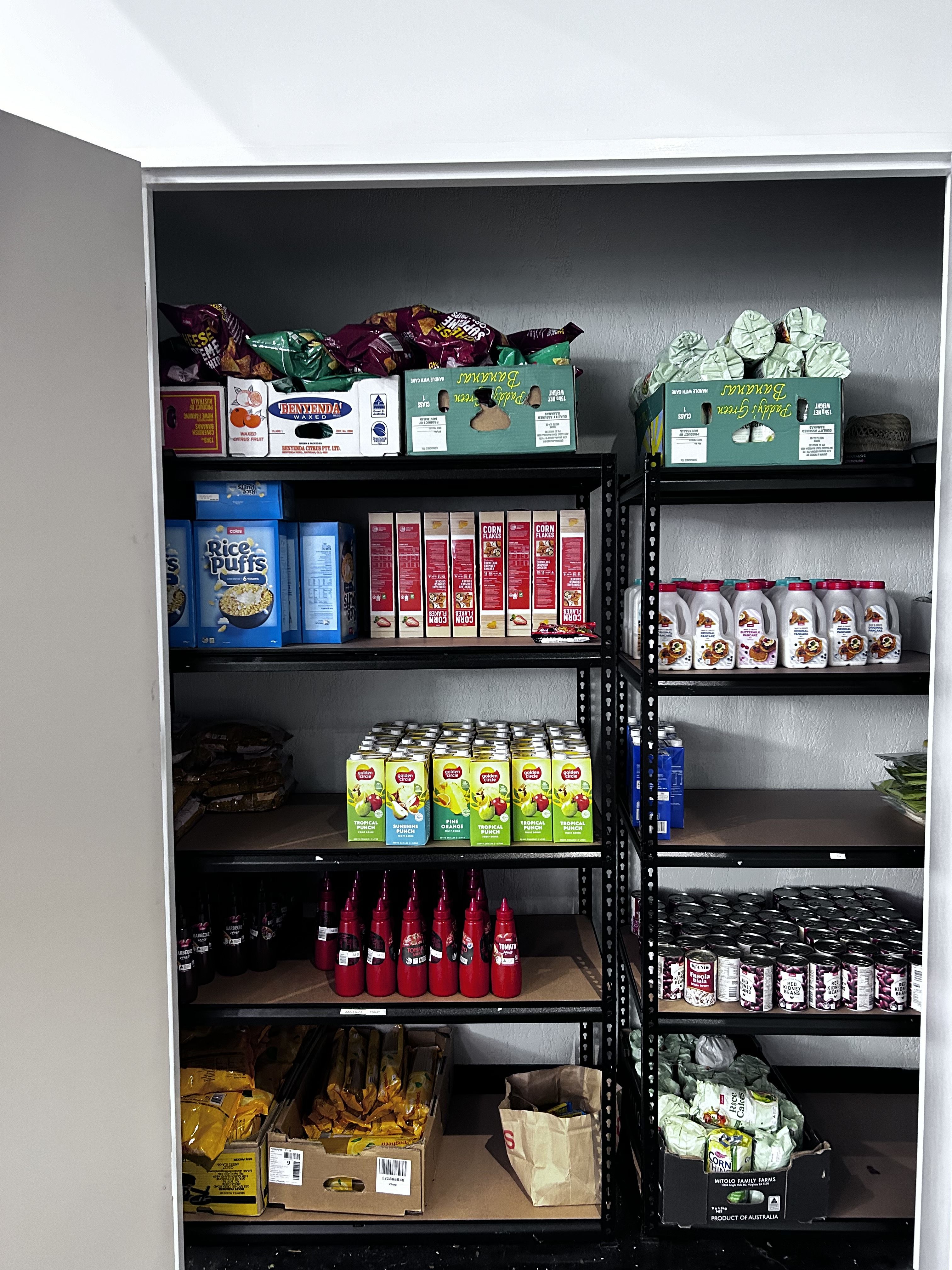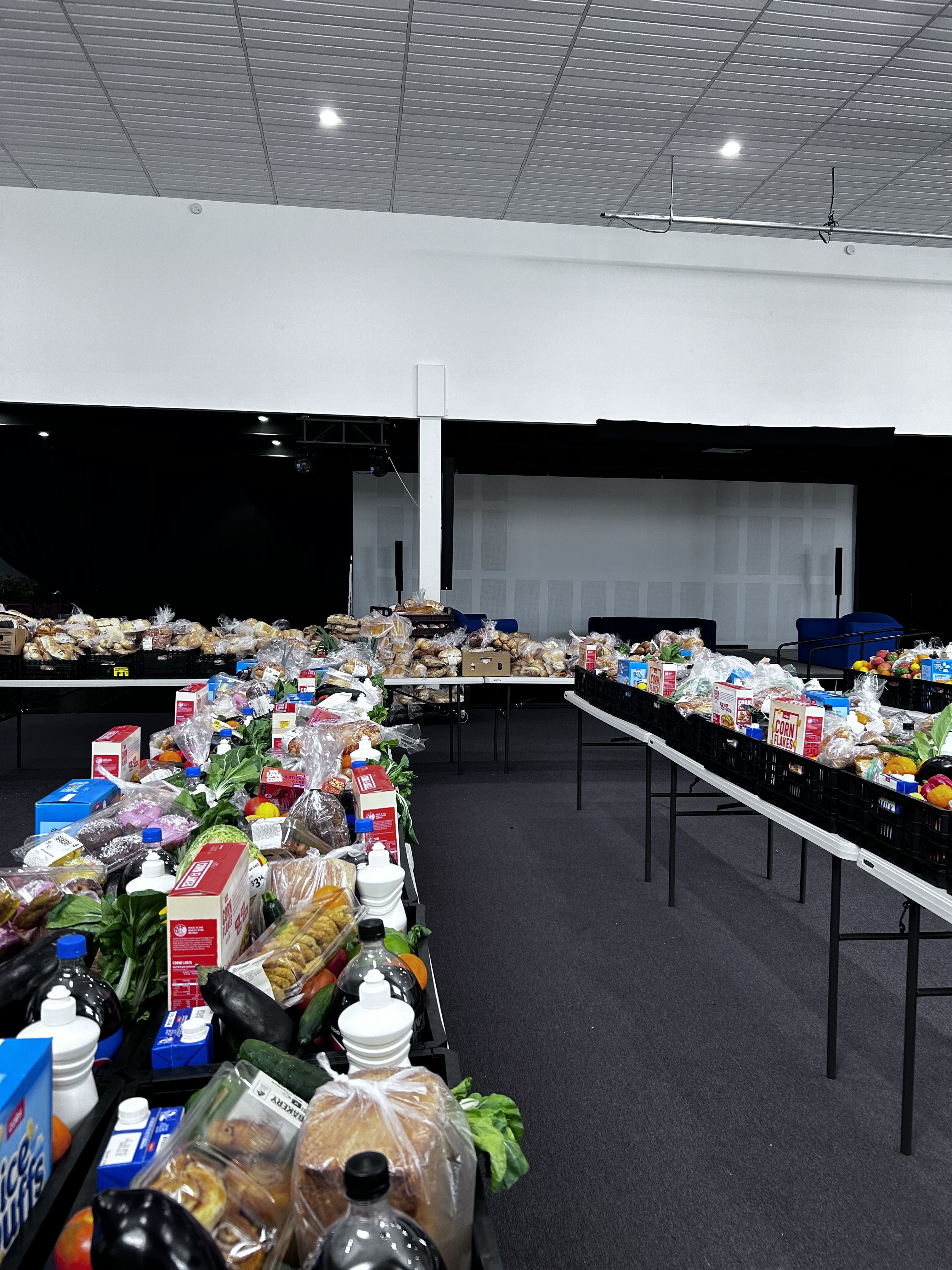The Heart of The Shire Giving a Pulse to The Community
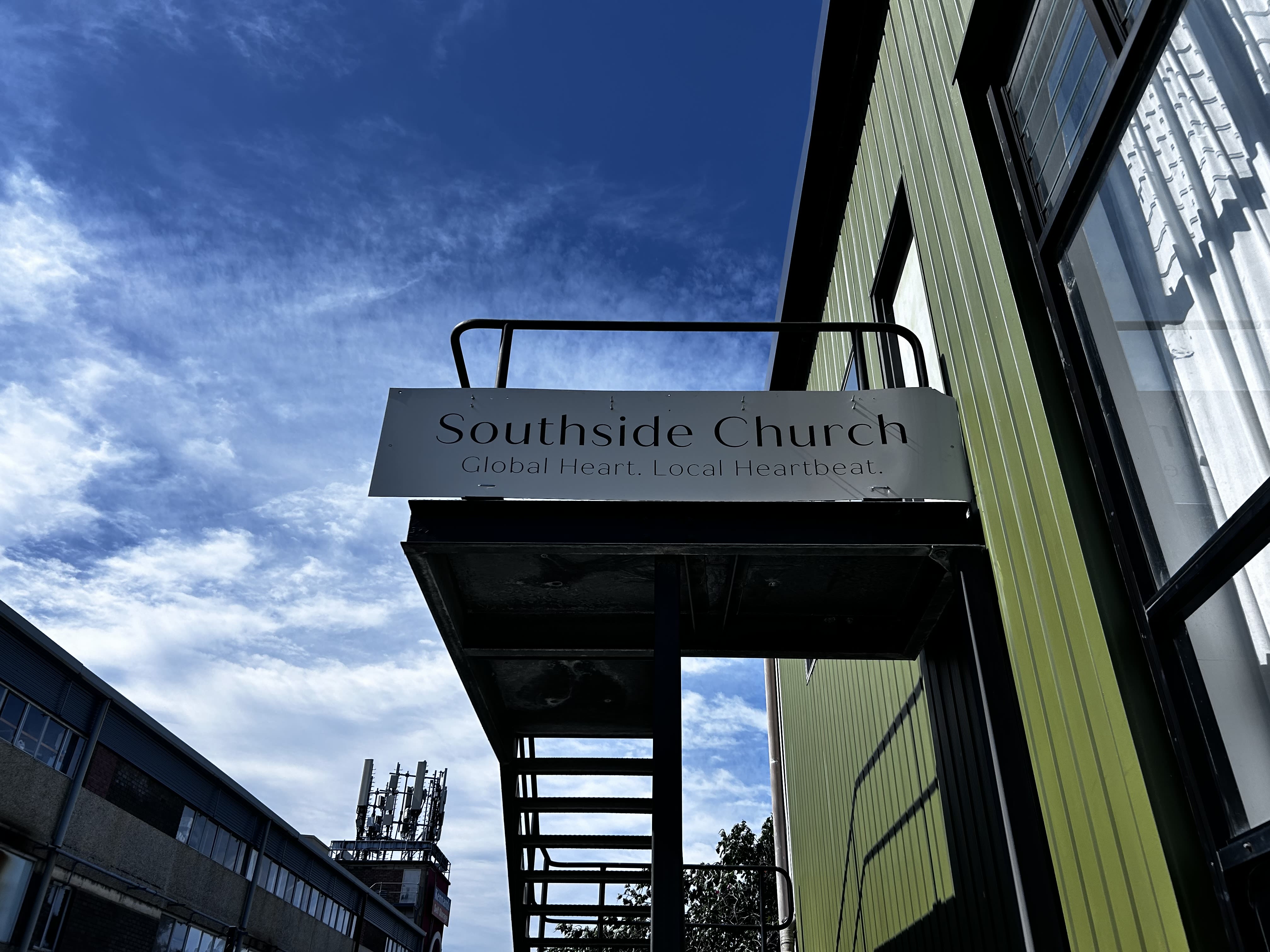
With the state of the Australian economy, the cost of living crisis is unbearable for many communities. Local Sutherland Shire church, Southside Church, has been assisting their community through providing a weekly free food bank, including essential groceries and products to assist people in need.
The Church, just turning 50, has been running this service, "Southside Care", for the last 12 years.
Living to see the aftermath of Covid-19 is no easy feat. Paired with interest rates elevating at a rate wages cannot, this service is all the more valuable this year to those in need. According to the Australian Institute of Health and Welfare, 5 Million Australians received support payments as of March 2023.
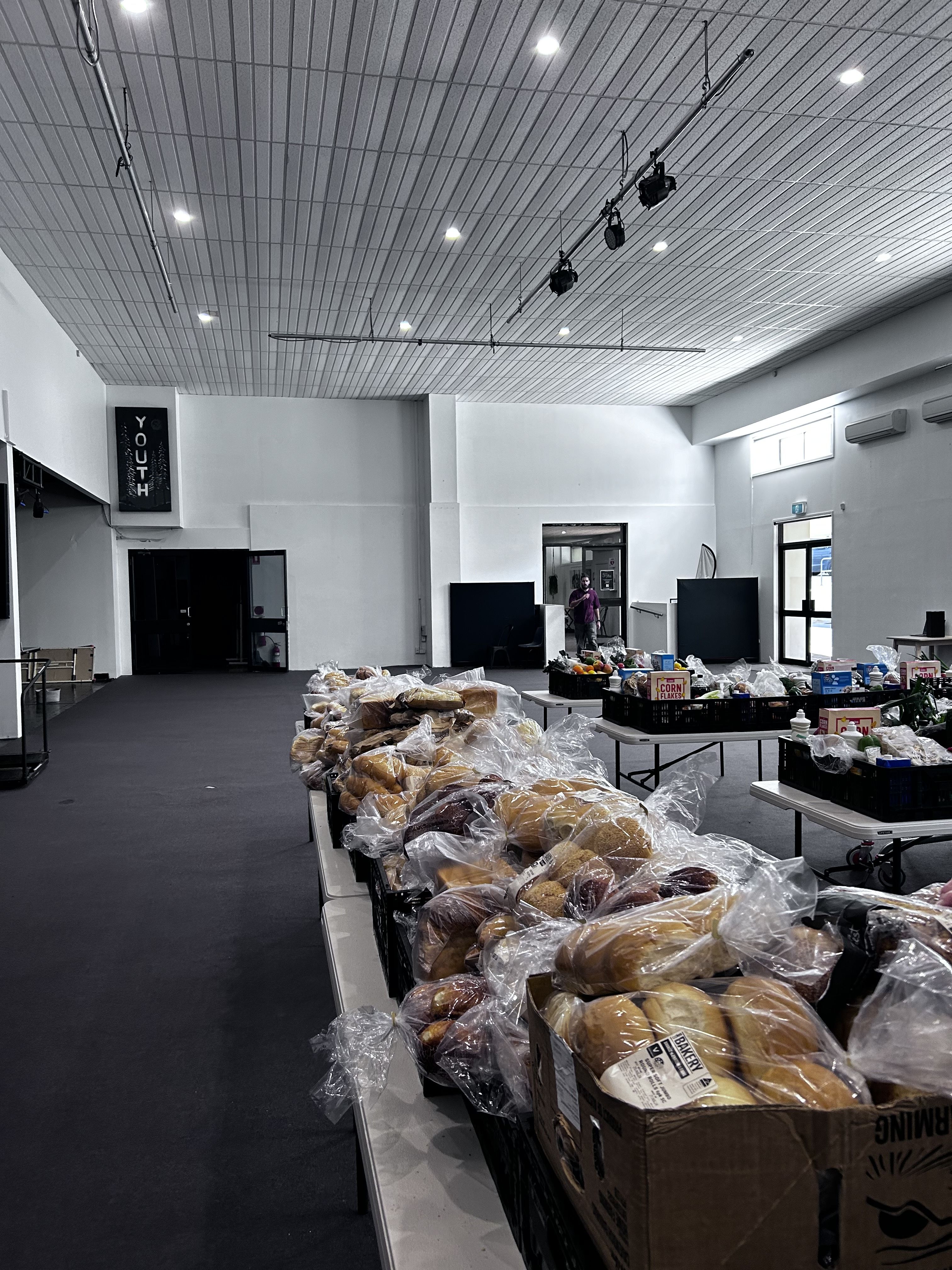
The Church has been fortunate enough to receive generous assistance in providing their service.
With the use of funds presented to the Church through donations, they are able to buy non-perishable goods such as sauce, cereal and pasta.
On top of this, through the contribution of generous donations made by the public, local businesses such as 'Ground Bake Cronulla' as well as the major supermarket Coles' partnership with 'Second Bite', the church is able to improve their hampers with fresh fruit, vegetables and bread.
'Second Bite' is partnered with Supermarket, Coles, who use good quality produce from the Coles stores to assist those within Australia facing food insecurity and hunger. The company is not only providing food to those who need it, but also minimising the amount of good food going to landfill.
The organisation is Australia's biggest free food rescuers, proven in their 2022/23 impact report.
In this time frame they:
- Provided the equivalent of 50,084,195 meals
- Rescued 25,802,944kg of produce
- Supported 1,092 charity partners and food programs
This has allowed Southside Care to provide on average 47 hampers, per week. Each of these hampers include a loaf of bread, fresh produce, cereal, dishwashing liquid and a sweet treat. Individuals are able to choose what products they want from their given hamper and are not forced to take it all.
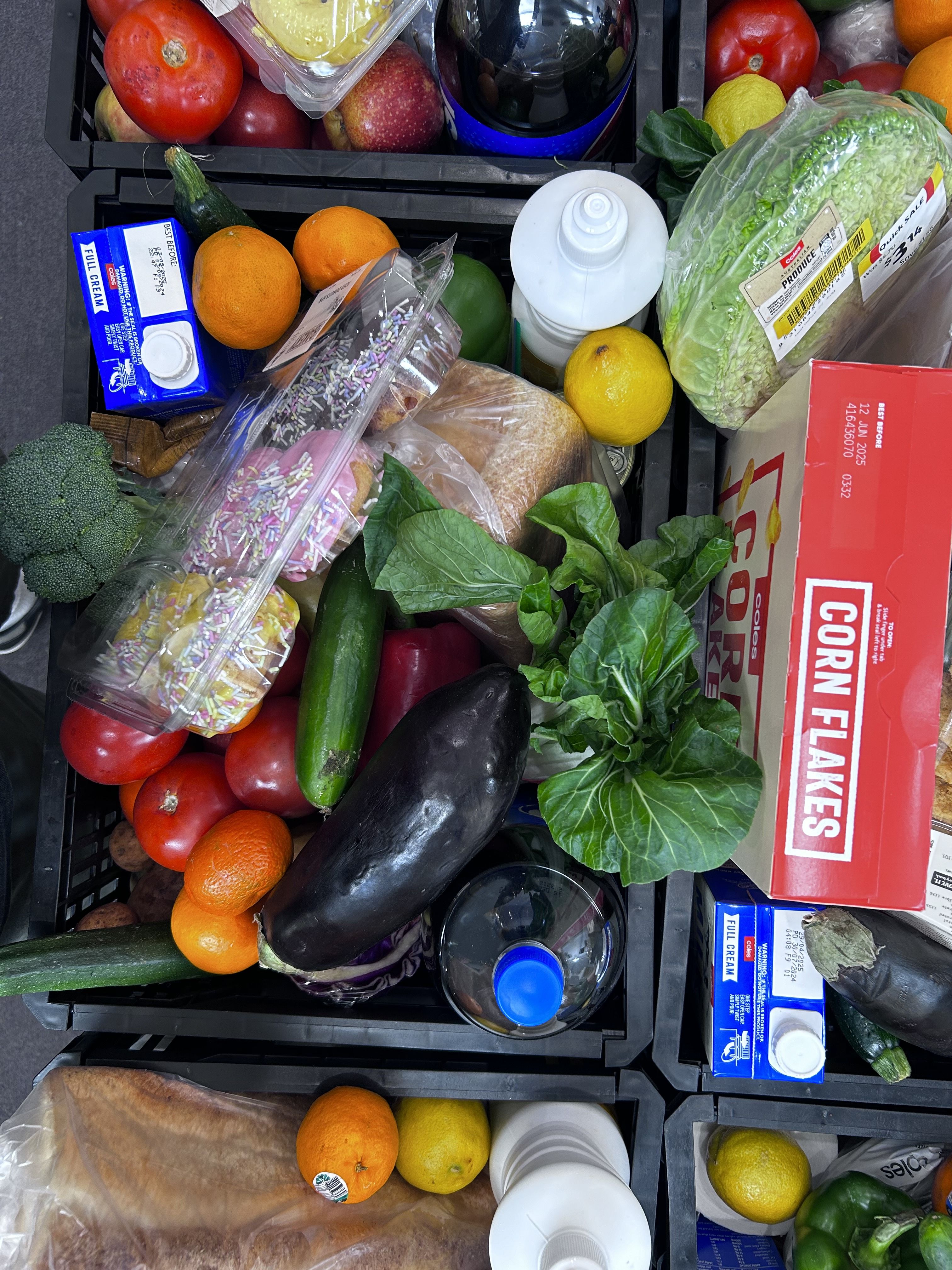
What makes this service so different to the rest? The inherent good within this community to feel the urge to assist those in need stands above all. They use their force for good to provide a free, no means tested service.
As previous senior pastor of Southside Church, Gladwyn Turner closed his interview with me, he mentioned a saying that he premised Southside Care upon.
Do to others as you would want them to do one to you

